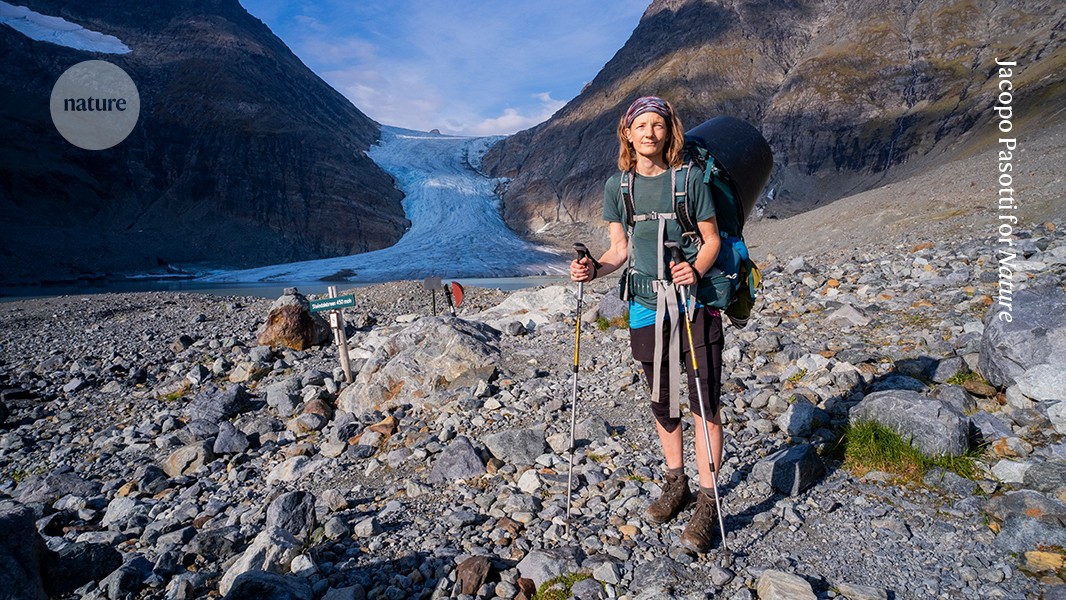
"Glaciers are powerful agents of erosion, grinding the rock beneath them and creating lakes as they retreat, a phenomenon prevalent in Norway's hard bedrock regions."
"The glacier's melt water often contains beneficial chemical elements and nutrients, but can also carry toxic metals, depending on the underlying rock."
"As a glacier-forensics expert, I aim to uncover the changes beneath glaciers, akin to investigating a crime, unearthing clues about the environment."
"Steindalsbreen in the Lyngen Alps has drastically retreated, indicating the broader implications of climate change on these vital ice formations."
The article describes a visit to Steindalsbreen, a glacier in Norwayâs Lyngen Alps, highlighting its drastic retreat and thinning. As glaciers erode bedrock, they create lakes, a phenomenon visible in Norway. The author, who leads a climate research center, emphasizes the significance of glacial meltwater, which can provide essential nutrients but also pose risks due to toxic metals from the underlying rock. This melting glacier serves as a critical indicator of climate change and its impact on ecosystems, akin to forensic investigation into environmental changes.
Read at Nature
Unable to calculate read time
Collection
[
|
...
]